Get Started for FREE
Sign up with Facebook Sign up with X
I don't have a Facebook or a X account
 Your new post is loading... Your new post is loading...
 Your new post is loading... Your new post is loading...

Jennifer Hurley-Coughlin's curator insight,
September 10, 2013 3:43 PM
We used this site last year a lot and were really hoping for new strands. The kids love the personalization.

faith ward's curator insight,
February 24, 2015 11:40 AM
Great link to research article about a study published in the peer-reviewed journal First Monday. Dr. Sue Thomas and colleagues defined transliteracy as “the ability to read, write and interact across a range of platforms, tools and media from signing and orality through handwriting, print, TV, radio and film, to digital social networks." Interesting read.

Ante Lauc's curator insight,
June 1, 2013 4:43 AM
I prefer love and freedom and look everything through these criterias.

Donna Browne's curator insight,
May 8, 2013 2:23 PM
A list and links to the ever increasing number of tools that we can use to create infographics. |
Christine Bushong's curator insight,
November 11, 2013 10:27 AM
Beth Dichter's insight:
This infographic looks at eight instructional practices that will help students meet Common Core standards and provides a look at how to do this in elementary, middle and high school settings. Check it out and see the recommendations for the following areas: * Make sense of problems and persevere in solving them * Reason abstractly and quantitatively * Construct viable arguments and critique the reasoning of others * Model with mathematics * Use appropriate tools strategically * Attend to precision * Look for and make use of structure * Look for and express regularity in repeated reasoning For more detailed information click through to the infographic.

davidconover's curator insight,
August 30, 2013 8:04 AM
I look forward to sharing this game with my students. I wonder what their comments will be. 
Amélie Silvert's curator insight,
August 30, 2013 11:10 AM
Defining moral dilemnas, finding solutions and discussing. Collaborative work. Why not give it a try?

Brad Reitzel's curator insight,
July 4, 2014 10:31 AM
Our #alcpqp group is loving TED talks. Here is one about Universal Design that will help us all get acquainted!

Jaime Parker's curator insight,
July 10, 2013 2:22 PM
I have a friend who teaches English courses at the college level and this is her biggest complaint. She says that the students simply do not know how to research. They don't know how to use databases or how to evaluate websites which seems so crazy to me. I'm not sure why these skills aren't being taught or integrated into every content area. Perhaps too much time is being spent preparing students for standardized testing.
Mayra.Loves.Books's curator insight,
July 10, 2013 7:07 PM
What to expect when librarians are being cut everywhere or stretched so thin to covel 4 schools in one week?

Jackie Keith's curator insight,
June 19, 2013 8:31 AM
Students can use it without registering by clicking "No Thanks" and can select different Lexile versions of the same article.
Chrissy Z's curator insight,
September 22, 2017 12:47 PM
Reading comprehension for students who are English Learners

Ante Lauc's comment,
June 5, 2013 4:06 AM
Did you ask a good question? How many parents motivate their children with this question?

Ann Kenady's curator insight,
February 5, 2014 11:23 PM
This article gives compelling evidence that the ability to write effectively is closely linked to the ability to think coherently. The author writes, "Students’ inability to write was contributing to their inability to think, severely impeding intellectual growth across many subjects." |








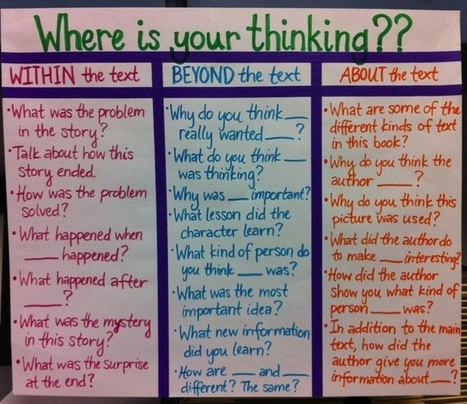






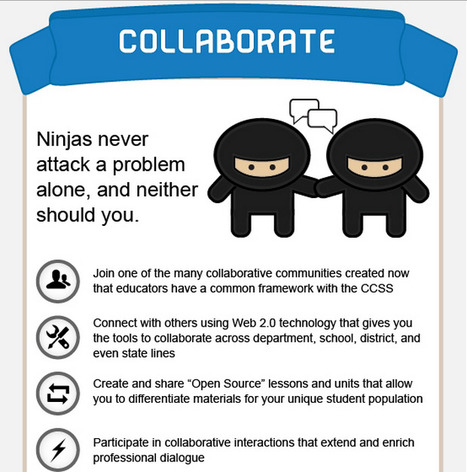

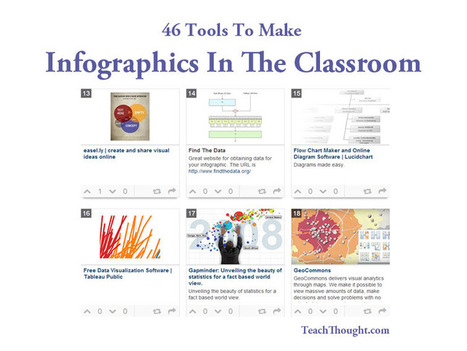

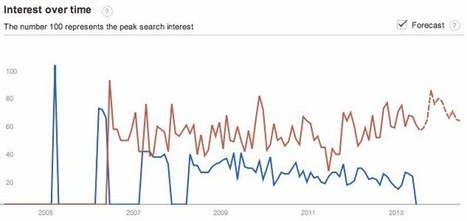


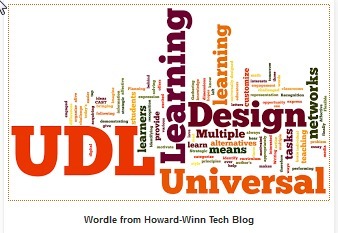



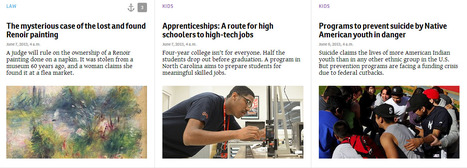


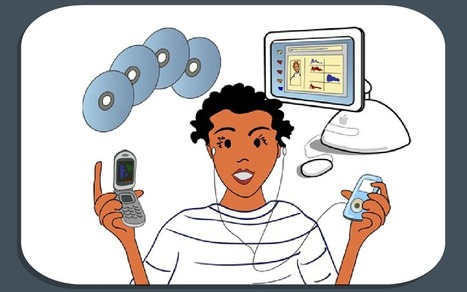
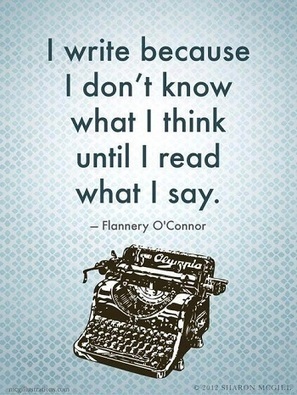






If you have not had the opportunity to check out ReadWorks.org then you might want to do so. They have just posted 76 science passages for students Grades K - 8 with the goal of teaching reading comprehension. Each passage comes with a quiz. You may read the passages online or you may download a PDF version (that includes a Teacher Guide and Answer. Be aware that "ReadWorks provides research-based units, lessons, and authentic, leveled non-fiction and literary passages directly to educators online, for free, to be shared broadly." You will find many more resources than this new set of science passages.